Nightcrawler: a film about the media, the cost of success and the information society
At first glance, Nightcrawler is the story of a Los Angeles thief who found a new profession and succeeded in it, but in fact its main character is the information society. We live in a world where nothing is valued as highly as information, and the one who shapes the content of the news controls the mood of society. On the example of the fate of one person, the director of the film D. Gilroy touches on a wide range of issues that concern everyone. After all, if we do not watch TV, then we all visit news sites, although at the same time we rarely think about who and how delivers them the news. And therefore, filmed in an almost documentary manner with elements of noir “Stringer” “hooks” the viewer and remains in the memory for a long time.

Who are stringers?
Lou Bloom, the main character of the film, is a stringer, that is, a freelance reporter who is not on the staff of any news or television company. Stringers work at their own peril and risk, buy video and photographic equipment themselves, pay all expenses out of their own pockets. But they themselves choose what and where to shoot. Although stringers are found in all developed countries, most of them are in the United States. In this country, the most criticism of stringers is heard, who are accused of bias and unprofessionalism.
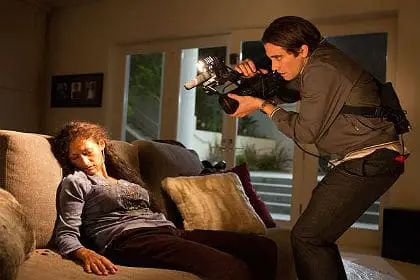
Why is the original title of the film Nightcrawler?
In English, the title of the film sounds like Nightcrawler, which can be translated as “night hunter” and “worm”. Both words serve as an excellent characteristic of the protagonist, who, both as a thief and as a stringer, lives a nightlife, while feeding in the last incarnation at the expense of corpses, like a worm. The title of the film reflects the director’s skeptical attitude towards such journalism. This attitude underlines Lou Bloom’s occupation even more strongly: it is no coincidence that it was not a former teacher or auto mechanic who became a successful stringer, but a former thief.
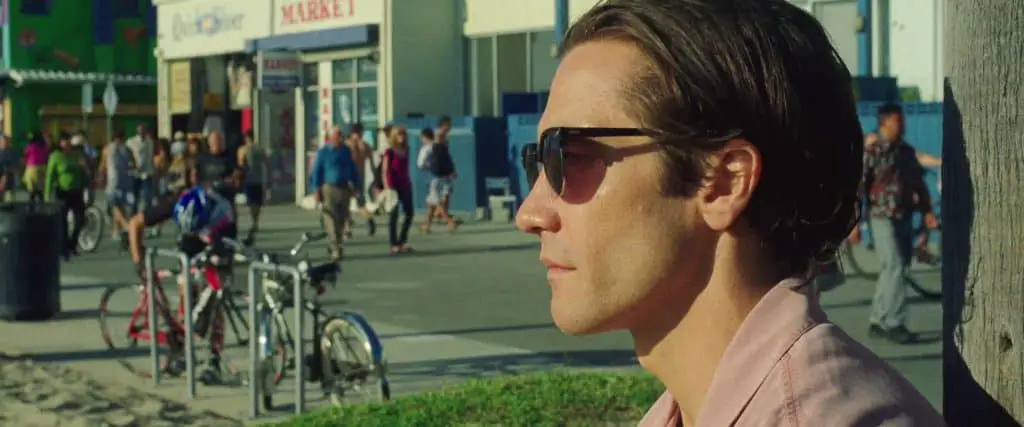
How believable is Bloom’s career?
Since the threshold for entering modern television journalism for a stringer is very low (that is, any owner of a video camera can become one), there is nothing implausible in Bloom’s story. At the beginning of the film, the viewer sees how persistently he is looking for a way out of his wretched life, and it is not surprising that the way out is found pretty quickly. In addition, Bloom has many important qualities: ingenuity, a very well-hung tongue (this can be seen in his monologues when he tried to get a job and sold a stolen bicycle), quick reactions, and the ability to learn on the go.
And most importantly, he is devoid of even a hint of conscience and moral values. This turns out to be enough to turn a loser beggar who darned his clothes and had no friends into a successful news agency owner.
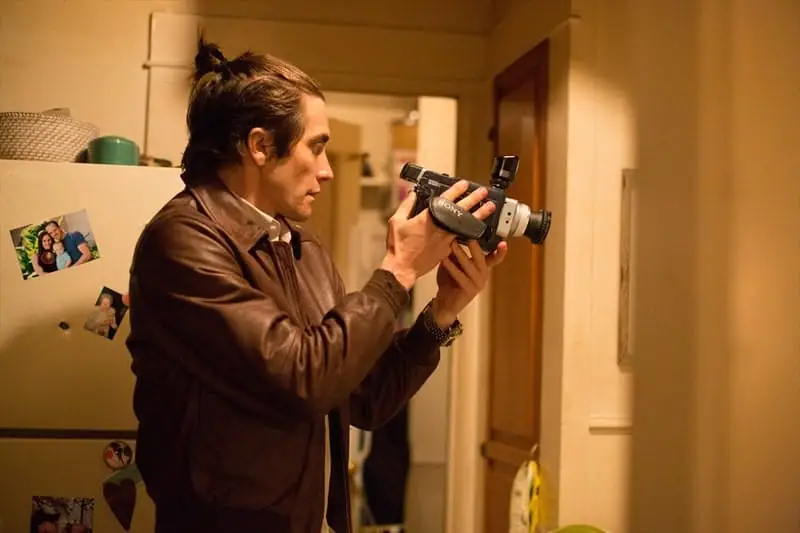
Why is Bloom hiring Rick and treating him harshly enough?
The answer to the first question is simple: Bloom needs a navigator. Much more interesting is the reason why Lou treats Rick and pays him a pittance. It’s not just that Bloom wants to take revenge on someone for his past humiliations. Bloom is smart enough to understand: only distance will allow him to hide everything that he does not want to talk about (especially at the beginning, when he is, in fact, no one, and he has only one plot in his asset), and support his authority in the eyes of Rick …
A cold, tough attitude serves as a means of creating the right distance, forming in Rick’s mind the image of a tough boss. However, even the rustic and obedient Rick is not ready to endure forever lack of money, and watching Bloom masterfully blackmailing Nina taught him how to act. Thus, the conflict between the “tough boss” and his assistant was almost inevitable, and Lou’s concealment of information on the Granada Hills murder gave Rick a trump card.
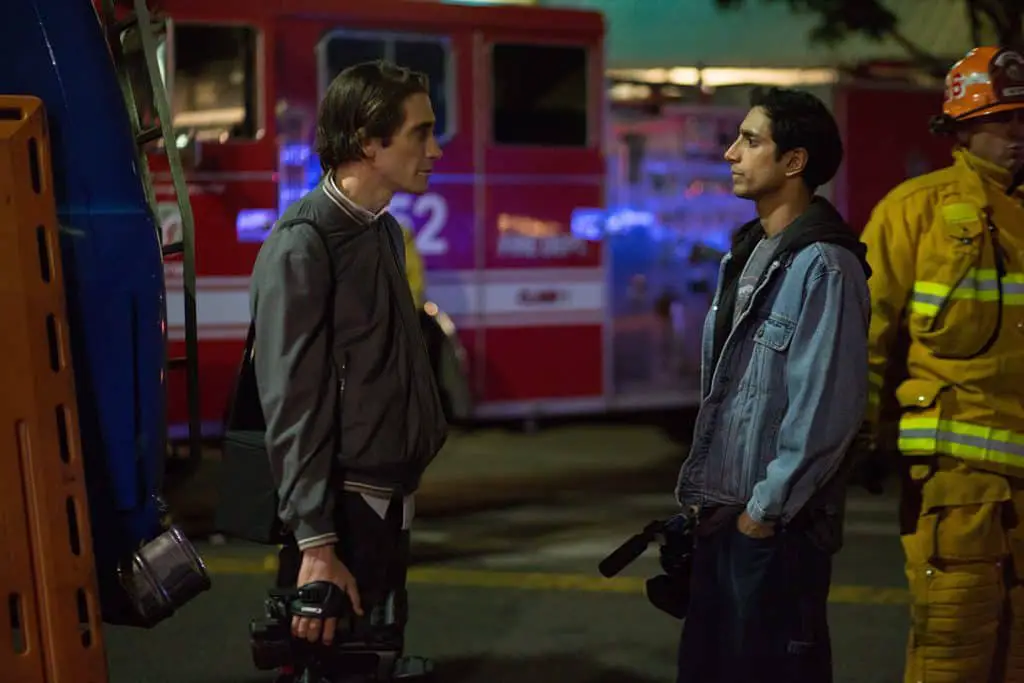
Why didn’t Bloom want to hand over the full tape to the police?
While filming a house robbery in Granada Hills, Bloom sees the robbers who killed the owners of the house, but before handing over the tape to the police, he erases the footage showing their faces and the license plate. If he did not, the police would very quickly detain these people, and Bloom and Nina need a continuation of the story. The longer their TV channel can tickle the nerves of ordinary people with stories about bloody killers who have not been caught, the higher the ratings will be.
What is the meaning of Nina’s image?
In the first episodes connected with her, Nina Romina, the head of the night news service, seems to be a kind of steel lady, but later the viewer observes how quickly she begins to dance to the tune of Lou – a subject from nowhere half her age.

On the one hand, there is an element of retaliation in her psychological and sexual submission to Lou: after all, there is also her considerable contribution to the fact that he turned into a stringer-vulture. It is Nina who demands sensational stories from him, it is Nina who utters the key phrase of the film about a woman running down the street with a slit throat as ideal news. On the other hand, Nina is a person with a deep professional deformation. Somewhere in the depths of her soul, she is not much different from Bloom – except perhaps the inability to kill a rebellious subordinate.

Why is Lou setting up Rick?
The film’s climax, in which Lou sends his assistant to be shot by a gunman, can be viewed in at least three dimensions.
The first is related to the storyline of Bloom and Rick: the death of the latter serves as an impressive and comprehensive conclusion to the conflict between them. Lou does not need an assistant who will have to give half of his earnings, and since Rick also tried to blackmail him, the easiest way is to remove him forever.
The second dimension is psychological: Rick’s death marks the transformation of Lou into a complete psychopath, literally walking over corpses. Such a transformation is shown in the film convincingly and reliably: at first, Lou is capable of at most theft and fight; then he ends up organizing an accident for a competitor, and then comes to murder.

But the deepest dimension of the climactic scene is connected with the main idea of the film, which reveals the essence of modern media.
What is the main idea of the film?
In our world, the role of the media is no longer limited to informing people about certain events, i.e. reflection of reality: they themselves shape reality. Accordingly, they moved from news coverage to creating them. Globally, this topic was raised in the old film “The Tail Waving the Dog”, but it was about big politics. “Stringer” shows that the creation of news takes place at the local level, close to everyone, and that their creators are not gurus of reporting and not the demigods of the pen.

On the example of Lou, the stages of “correcting” reality are clearly shown. At first, Bloom simply shoots what he sees. Then he decides to intervene a little in the events, pulling another corpse by the legs to a place illuminated by headlights.

The next plot is already a by-product of his efforts to eliminate a competitor. And in the finale, he acts as the “director” of the shootout with the police and the death of Rick. Bloom deliberately and cold-bloodedly creates an event that will become another sensation.
What’s the point of the final scene?
After the actual murder of his assistant, the viewer expects that Lou will finally catch up with just retribution, but alas: the police are powerless to pin him down. In the finale, we see that Bloom, on the contrary, has succeeded more than ever: his company is becoming a real news agency. Thus, the director emphasizes the “unsinkability” of modern media with their cynicism and manipulation of the audience.
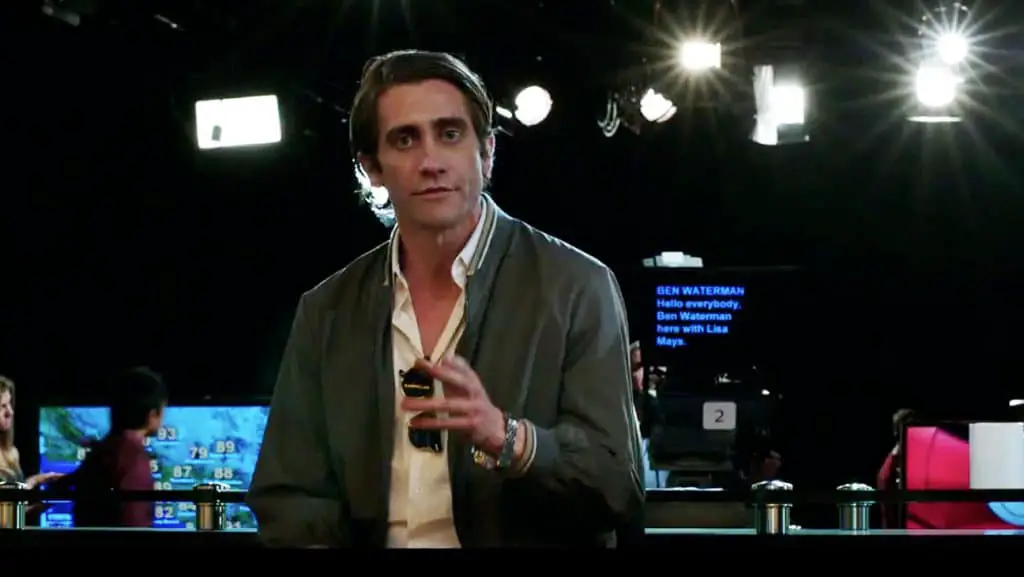
However, in the formation of the informational picture of the world, in addition to stringers, directors of news programs and owners of TV channels, the viewer always participates. Ratings go up when viewers are shown the corpses of wealthy whites, and while the film takes it for granted, it’s not hard to find an explanation. It is not so much a matter of social overtones as of mass psychology with its Eros and Thanatos. The media show what the subconscious of the average person yearns to see: someone else’s death, allowing you to rejoice that you are still alive. In this sense, Stringer makes a sad diagnosis not only of modern journalism, but also of the society in which it is in demand.







